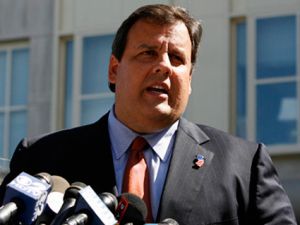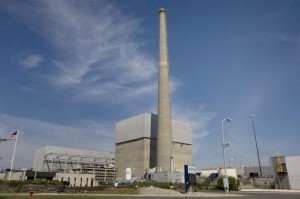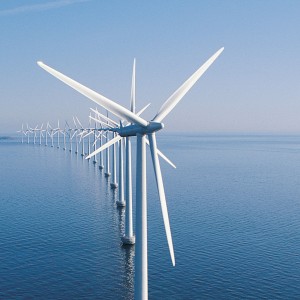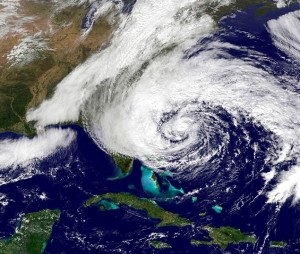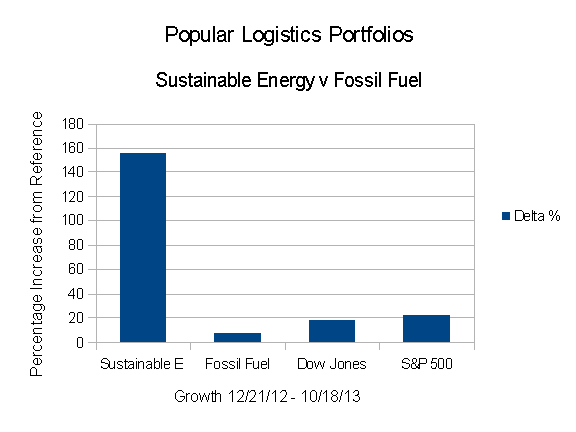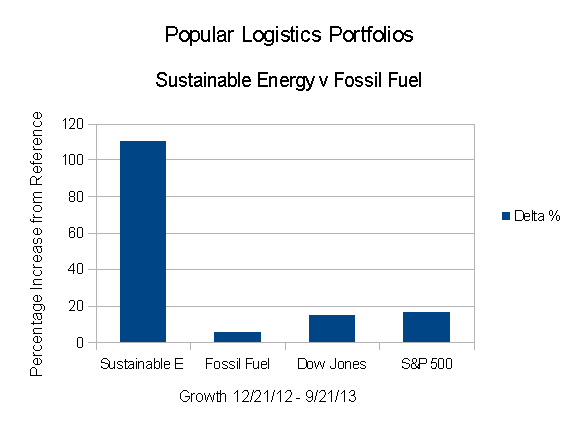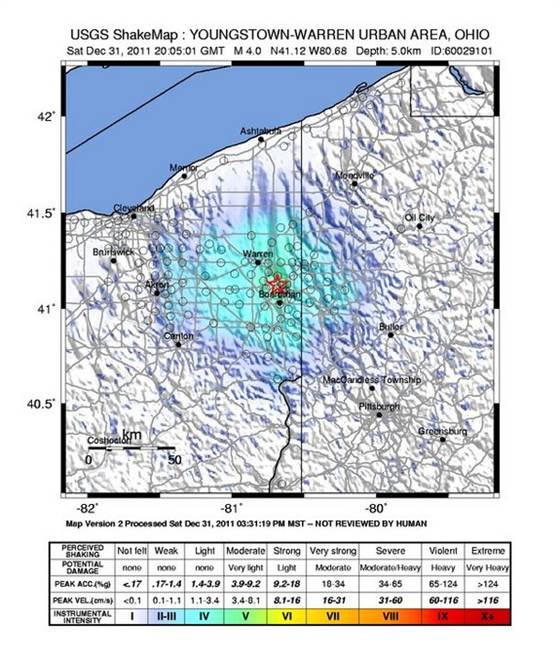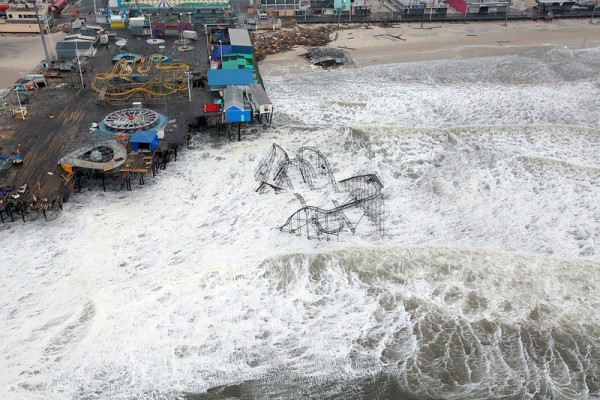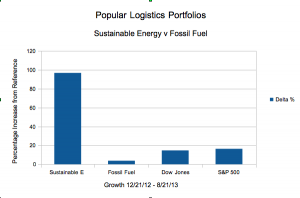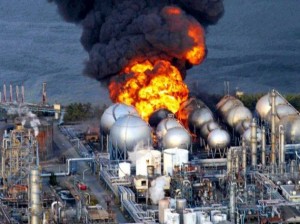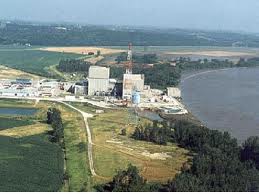Chris Christie is like Iwazaru, the monkey who cannot speak.
As reported by Christopher Baxter, in the Star Ledger, in 2011, here, while he vetoed a bill, S2996, that would have required New Jersey to work with other states to limit the greenhouse gases that scientists say are changing the climate, Gov. Christie said, “climate change is real.” He also said “human activity plays a role in these changes” and that climate change is “impacting our state.”
In a rare moment of humility, he also said, “I can’t claim to fully understand all of this. Certainly not after just a few months of study. But when you have over 90 percent of the world’s scientists who have studied this stating that climate change is occurring and that humans play a contributing role it’s time to defer to the experts.”
He added that climate science is complex and “we know enough to know that we are at least part of the problem.” But that was in 2011. Before Hurricane Sandy.

